Demo Video: Transparency & Opacity
The opacity of a paint describes how it interacts with light. Opaque colors hide what is underneath them, while transparent colors allow light to pass through and partially reveal the underlayer. Our newest demo video highlights the differences between opaque and transparent colors, offering two simple exercises you can do at home to learn more about opacity and transparency.
You will need two R&F Pigment Sticks® (one opaque and one transparent), a Titanium-Zinc White Pigment Stick®, some R&F Blending Medium, and a substrate such as Ampersand Gessobord or Arches Oil Paper. For this demo, we selected Cadmium Green as our opaque color and Sap Green as our transparent color.
To begin, take each color and paint them side by side. Note that it is easier to make a solid covering with Cadmium Green than with Sap Green.
On the left: Cadmium Green Pigment Stick®. On the right: Sap Green Pigment Stick®.
With your gloved finger, extend both colors until you can see the top tone and undertone of each color. Now add some blending medium and work it around with your gloved finger. The undertone is observable when a color is thinned out enough that it looks translucent.
Observe that the Sap Green glaze is more vivid and jewel-like compared to the Cadmium Green glaze. A transparent pigment has a strong undertone and a weak top tone, while the undertone of an opaque color is weaker and the top tone is stronger.
Next add a bit of Titanium-Zinc White Pigment Stick® to both colors and extend them further making a tint. Notice how muted the Cadmium Green tint is when compared with the Sap Green tint.
On the top: Sap Green Pigment Stick®. On the bottom: Cadmium Green Pigment Stick®.
Another quick way to observe the differences between opaque and transparent colors is to use a sheet of Arches Oil Paper, some R&F Blending Medium, and a squeegee to draw down each color, revealing their top tones and undertones.
R&F Pigment Sticks® are high quality oil paint with just enough wax added to maintain a solid stick form. They bring color, texture, and immediacy, allowing you to draw and paint directly or manipulate with a palette knife, brush, or brayer. Pigment Sticks® have none of the additives, extenders, or substitutes that are commonly used in industrial production. We use only beeswax and plant wax, linseed oil, and pigment. Our formulas are complex and our manufacturing is labor-intensive, handmade in small batches, carefully milled and molded. We hope you enjoy them as much as we do.
Keep painting.




